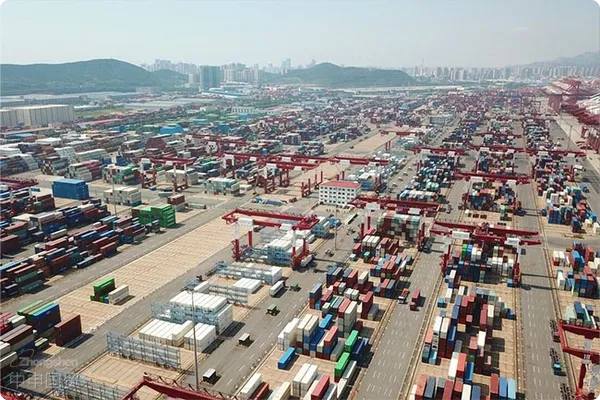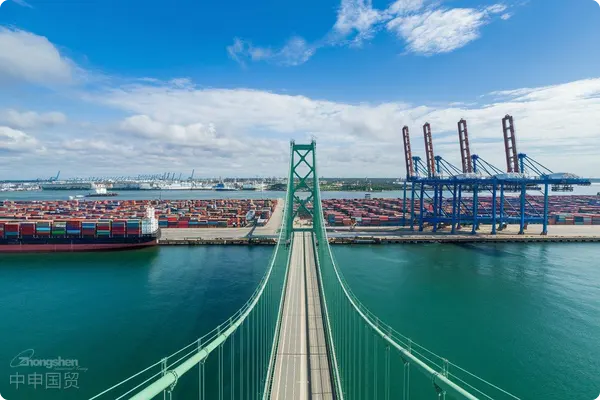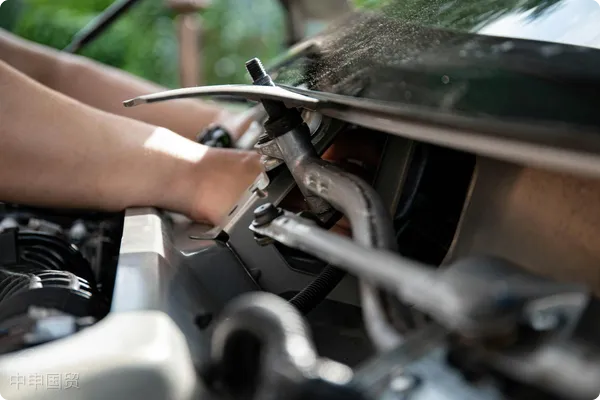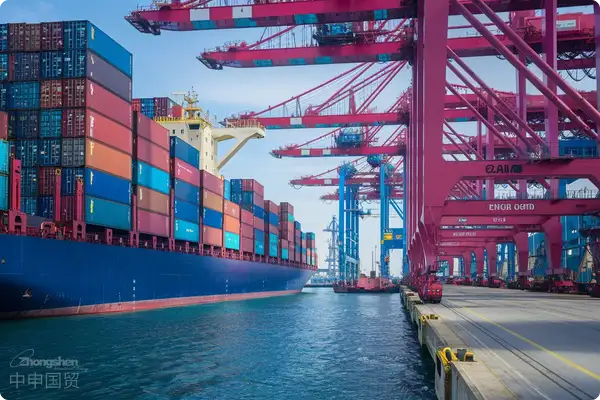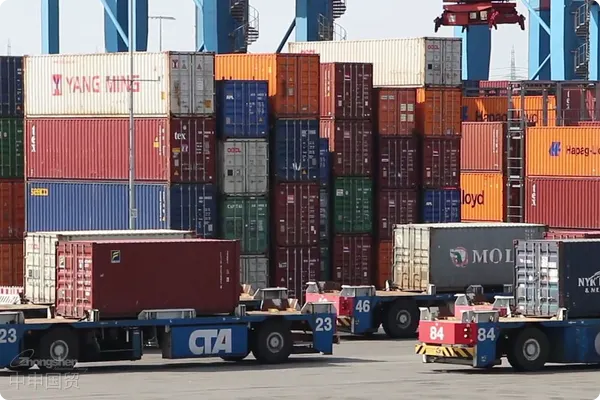- Shanghai Zhongshen International Trade Co., Ltd. - Two decades of trade agency expertise.
- Service Hotline: 139 1787 2118
In theimport and exportIn business, many people are confused about the terms “concealment” and “false declaration”, especially whether these behaviors are equivalent to smuggling, which is a matter of great concern. In fact, the nature, severity, and specific content of concealment and false declaration are the keys to determining whether smuggling is constituted. Lets analyze these issues one by one to see under what circumstances concealment and false declaration will constitute smuggling.
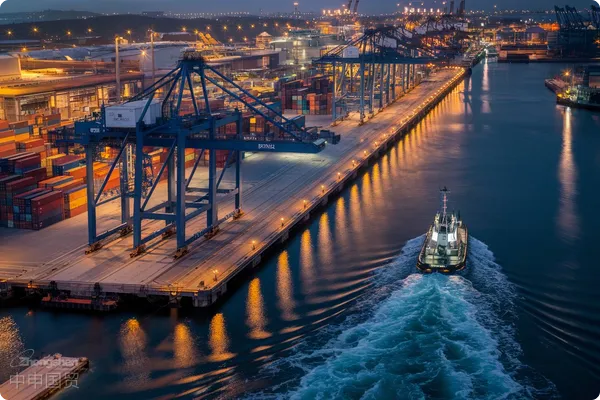
I. What are Concealment and False Declaration?
- Concealment: Concealment refers to the act of hiding other undeclared items in the declared goods. For example, when exporting mechanical equipment, some tools for debugging are hidden. These concealed items may be auxiliary tools or equipment for normal business.
- False Declaration: False declaration means deliberately not truthfully declaring information about the goods, such as concealing the true quantity, nature, or price of the goods. The purpose of false declaration is usually to reduce tariffs, avoid certain regulatory requirements, or obtain improper benefits.
II. Do Concealment and False Declaration Necessarily Constitute Smuggling?
Regarding this issue, we need to specifically analyze the concealment and false declarationContent,PurposeandSeverityNot all concealed carriage and misdeclaration will be regarded as smuggling. The following is a detailed interpretation of these behaviors:
Minor Concealment Behaviors
If the quantity of concealed items is small and there is no malicious intent involving harmful items or tax evasion, the customs usually will not pursue strictly. For example:
- Attaching some commissioning tools when exporting mechanical equipment: Within a reasonable range, especially when the quantity is small and the tools are clearly used for equipment installation or commissioning, it usually does not constitute smuggling. For such situations, the customs may allow the enterprise or customs broker to make a supplementary declaration, or even resolve it by paying a certain fine.
- Giving away small - value accessories: For example, a customer once attached a small carton of calibration consumables in the container when exporting hardware. This kind of behavior was not declared, but the quantity was extremely small and there was no economic malice. At this time, the customs broker may communicate with the dock workers for supplementary handling. Usually, such minor concealed carriage behaviors will not be regarded as smuggling.
Malicious Concealment and False Declaration
Once the behaviors of concealed carriage and misdeclaration havemalicious intent, such as concealing or hiding a large number of high - value goods, attempting to evade tariffs, evade commodity inspection, or obtain improper tax rebate benefits, this is an illegal act and is highly likely to constitute smuggling. For example:
- Changing HS codes to evade supervision: If an enterprise deliberately changes the HS code of goods in order to evade supervision or reduce tariffs, thus concealing the true nature of the goods, once the customs discovers this behavior, it will be regarded as malicious illegal behavior and transferred to the anti - smuggling department for handling.
- Deliberately misdeclaring to obtain improper tax rebates: Misdeclaring the quantity or price of goods to obtain more than the normal amountExport Drawback, this kind of behavior is also a typical smuggling act and may face serious legal consequences.
Inspection and Handling Procedures
The customs handling of concealed carriage and misdeclaration behaviors mainly includes the following steps:
- The inspection department is responsible for on - site inspection
The inspection department will conduct a preliminary inspection of the goods to confirm whether there is concealed carriage or misdeclaration behavior and write an inspection report. If the situation is relatively minor, the enterprise may be required to make a supplementary declaration or pay supplementary taxes. - The customs clearance department is responsible for ruling
After receiving the inspection report, the customs clearance department will make a ruling based on the nature of the problem. If it is a minor matter, such as carrying some harmless commissioning tools, the customs clearance department may directly rule to impose a fine and pay the relevant taxes. If more serious problems are found, it will be transferred to the anti - smuggling department for handling. - The anti - smuggling department is responsible for handling major cases
If there are obvious malicious concealed carriage, deliberate misdeclaration, evasion of supervision and other serious illegal acts in the goods, the anti - smuggling department will file a case for investigation. Such cases involve tax evasion, smuggling, etc., and will face administrative or criminal penalties. In serious cases, criminal liability may even be pursued.
III. How to Avoid the Risks of Concealment and False Declaration Behaviors?
- Ensure the accuracy of declaration
During the import and export process, enterprises should truthfully declare the information of each kind of goods, including its name, quantity, value, purpose, etc., to avoid problems of concealed carriage or misdeclaration caused by inaccurate declaration. - Seek professional customs declaration services
Professional customs brokers are very familiar with customs policies and operation procedures and can help enterprises accurately declare and avoid unnecessary risks. - Take the initiative to prevent and apply for pre - ruling
When the information such as the classification of goods, taxable price, place of origin is uncertain, an enterprise can apply forpre - rulingbefore the goods are to be imported or exported to obtain a clear official reply and reduce troubles caused by misdeclaration.
IV. Conclusion
In import and export trade, compliant operation is of utmost importance. Not all concealed carriage and misdeclaration behaviors will constitute smuggling, but once the behavior is determined to have improper intentions such as tax evasion and malicious misdeclaration, it may be determined as smuggling and face serious legal consequences. Therefore, enterprises should try their best to standardize operations, declare truthfully, and ensure that every link complies with regulatory requirements. This can not only avoid legal risks but also enhance the enterprises reputation and market competitiveness, making trade more smooth and efficient.
Generally speaking, the legal determination of concealed carriage and misdeclaration behaviors depends on the purpose of the behavior and the specific circumstances. Enterprises should have a high sense of compliance when operating to avoid unnecessary legal risks.
Related Recommendations
Learn
Contact Us
Email: service@sh-zhongshen.com
Related Recommendations
Contact via WeChat

? 2025. All Rights Reserved. 滬ICP備2023007705號(hào)-2  PSB Record: Shanghai No.31011502009912
PSB Record: Shanghai No.31011502009912
